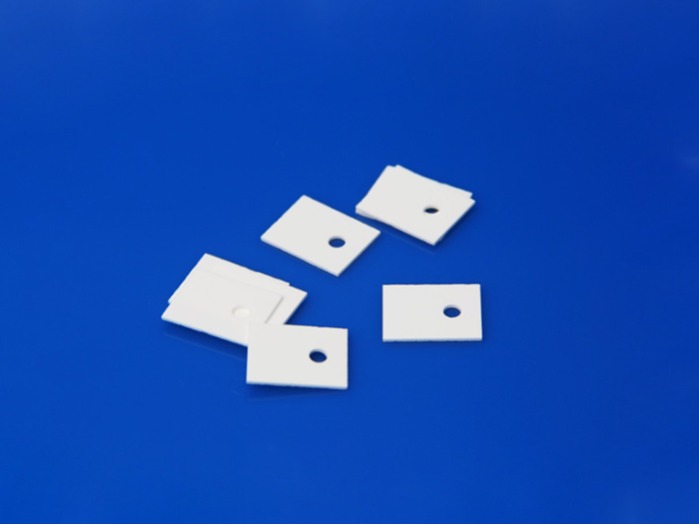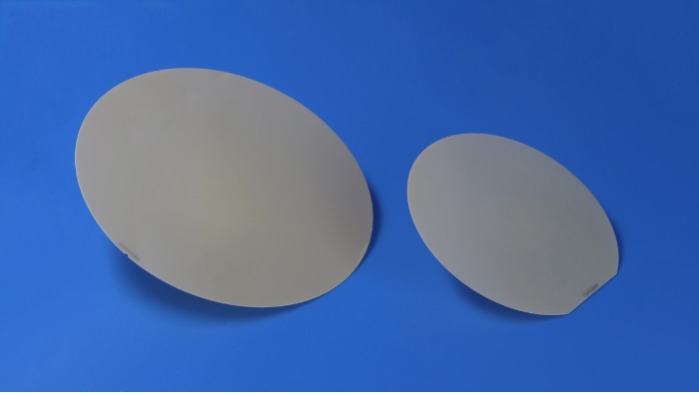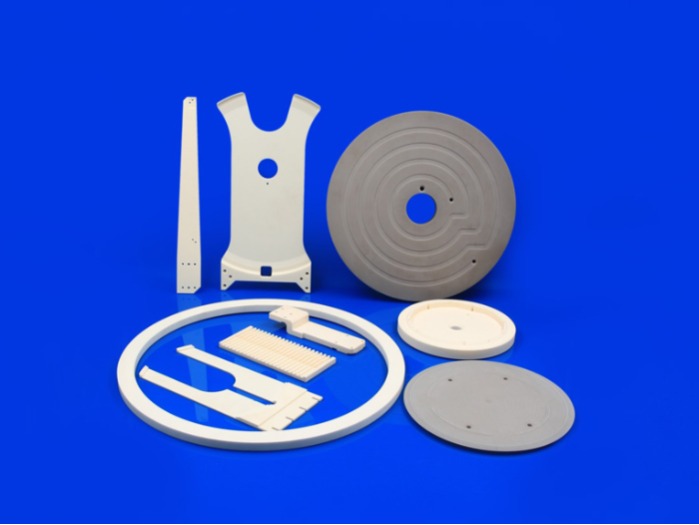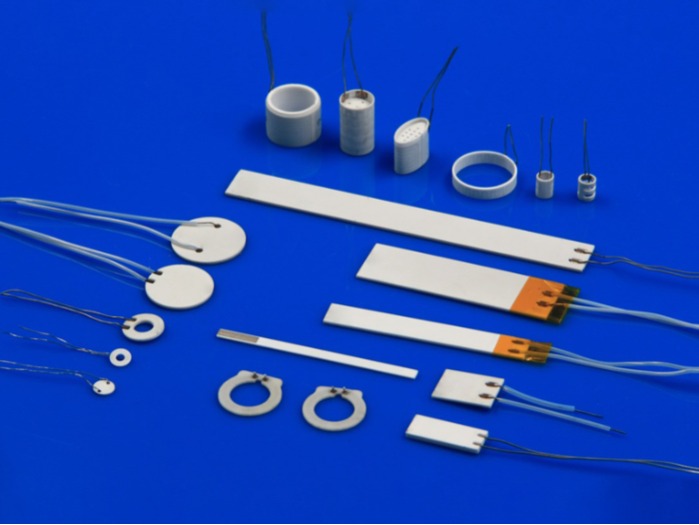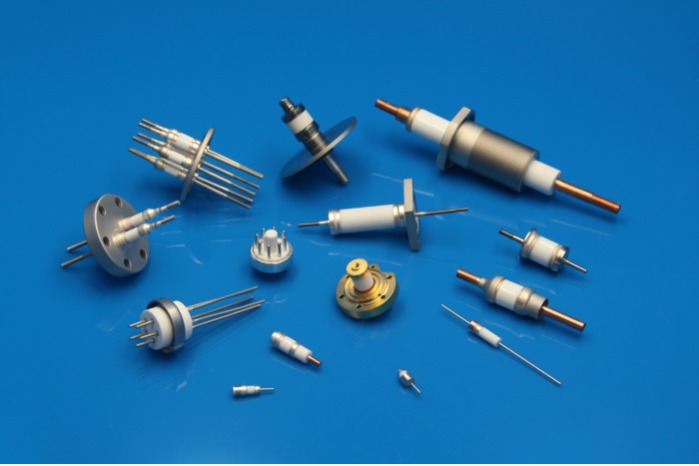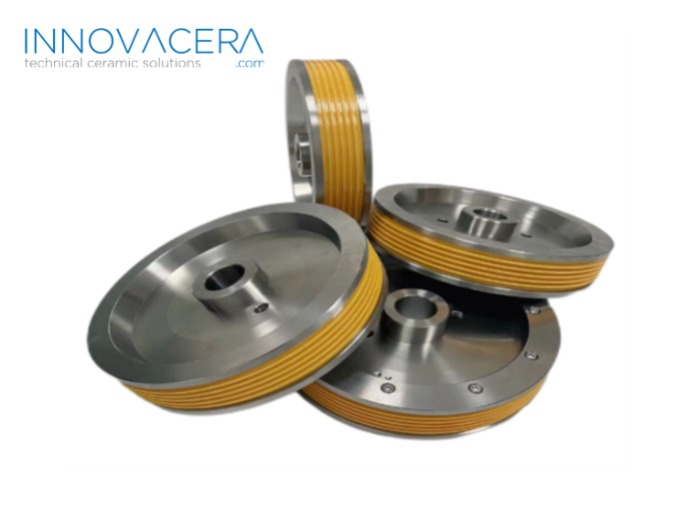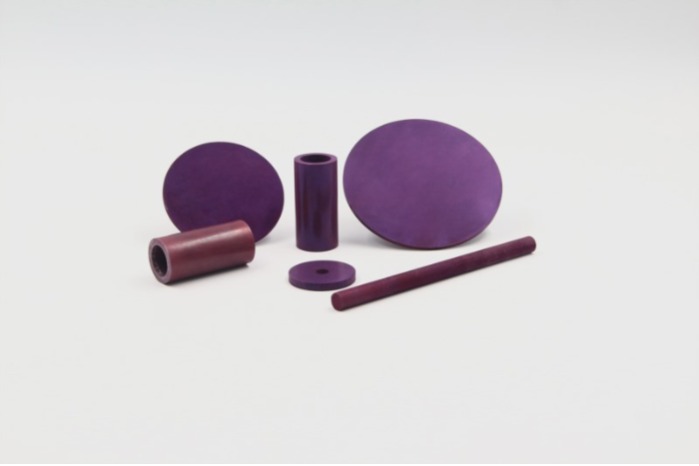
Hot pressing(HP) sintering process is the most commonly used technique for fabricating dense, non-oxide monolithic ceramics and their composites. During hot pressing sintering, temperature and pressure are simultaneously applied to the powder compact contained in a die. Under the application of pressure, the contact points between particles develop a very high stress, increasing the local diffusion rates. As for all forms of densification, the particle size, temperature, pressure, heating rate and holding time all influence the density and micro-structure of the hot pressed compacts whilst a controlled atmosphere is required for the Non-oxides. Carbides, borides and silicides are often hot pressed under vacuum or an inert gas such as argon whilst the nitrides are generally densified under a nitrogen atmosphere.

